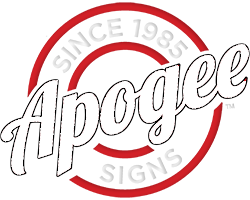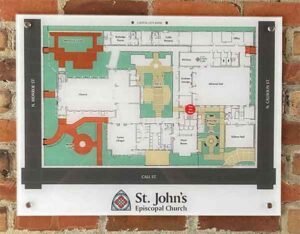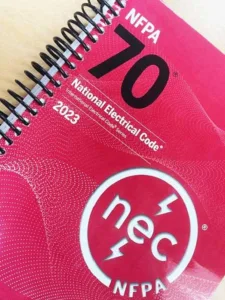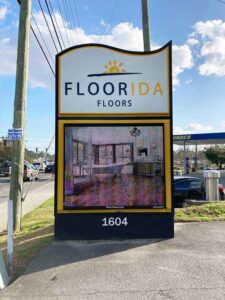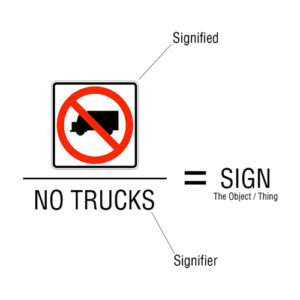 In the bustling metropolises and quiet neighborhoods that make up our urban landscapes, street signs play a vital yet often overlooked role in shaping our understanding of the environment. These seemingly simple markers not only provide directions and information but also communicate a complex web of meanings through a field of study known as semiotics. Semiotics, the exploration of signs and symbols as carriers of meaning, delves into the depths of linguistic, cultural, and psychological nuances that underpin human communication. From regulating traffic to conveying cultural values, street signs are powerful tools of communication that bridge the gap between the physical and the symbolic, offering insights into the intricate relationships between language, society, space, and even subversion. In a world where the urban landscape is both a canvas and a message, the language of street signs becomes a captivating narrative of urban identity and the dynamics that shape our shared spaces.
In the bustling metropolises and quiet neighborhoods that make up our urban landscapes, street signs play a vital yet often overlooked role in shaping our understanding of the environment. These seemingly simple markers not only provide directions and information but also communicate a complex web of meanings through a field of study known as semiotics. Semiotics, the exploration of signs and symbols as carriers of meaning, delves into the depths of linguistic, cultural, and psychological nuances that underpin human communication. From regulating traffic to conveying cultural values, street signs are powerful tools of communication that bridge the gap between the physical and the symbolic, offering insights into the intricate relationships between language, society, space, and even subversion. In a world where the urban landscape is both a canvas and a message, the language of street signs becomes a captivating narrative of urban identity and the dynamics that shape our shared spaces.
Understanding Semiotics
Semiotics, often referred to as the study of signs, seek to unravel the multifaceted ways in which humans communicate and create meaning through signs and symbols. Developed by scholars such as Ferdinand de Saussure and Charles Sanders Peirce, semiotics delves into the realms of linguistics, anthropology, and philosophy to dissect the intricate codes that underlie our interactions with the world. This interdisciplinary field recognizes that every element of our environment, from spoken language to visual symbols, is imbued with significance that extends beyond its surface appearance.
In the context of street signs, semiotics unveils the layers of meaning embedded in these everyday objects. A street sign is not merely a practical tool for navigation; it’s a cultural artifact that reflects the values, norms, and historical contexts of the society that produced it. From the choice of colors and fonts to the symbols employed, each element of a street sign contributes to its semiotic richness. The language of street signs communicates with the passerby, often in ways that are so ingrained that they are taken for granted. Yet, beneath the surface, a complex web of cultural references, historical influences, and social conventions shapes these seemingly ordinary markers. Through semiotic analysis, we can uncover the intricacies of this language, revealing the story of a community and its relationship with the urban landscape.
The Language of Urban Spaces
Every street sign comprises three fundamental elements: the signifier, the signified, and the referent. The signifier is the physical form of the sign, such as the letters, colors, and shapes used. The signified is the concept or meaning associated with the signifier, while the referent is the real-world object or idea to which the sign refers. Understanding these elements helps us grasp the rich semiotic landscape of street signs.
Take, for instance, the universally recognized octagonal red sign with white uppercase letters spelling “STOP.” The signifier—the red color and the distinct shape—captures our attention and signals urgency. The signified concept is a command to halt or pause, while the referent is the action of coming to a stop at an intersection. The semiotic analysis of this sign unravels the interconnectedness of color, shape, and language in communicating a critical message about road safety.
Cultural Signifiers and Urban Identity
Beyond their utilitarian functions, street signs also carry cultural signifiers that contribute to the identity of a city or neighborhood. The typography, colors, and design choices of street signs often reflect the aesthetic preferences and historical influences of the local community. For example, ornate and elaborate street signs might evoke a sense of nostalgia in older neighborhoods, while sleek and minimalist designs could align with contemporary urban aesthetics.
In some cases, street signs may even serve as subtle indicators of socio-economic divisions. The quality of materials, the upkeep of signs, and their presence or absence in certain areas can communicate disparities in resources and infrastructure. Semiotics helps us uncover these hidden messages, shedding light on the societal dynamics at play.
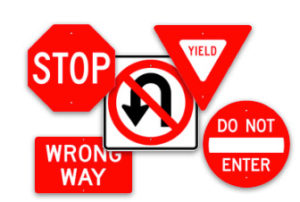 Multilingualism and Globalization
Multilingualism and Globalization
In diverse and multicultural cities, the semiotics of street signs become even more complex, reflecting the intricate tapestry of languages and cultures that coexist within urban spaces. Multilingual signage is more than just a practical response to linguistic diversity; it’s a demonstration of inclusivity and a recognition of the varied cultural backgrounds that make up the community. The presence of multiple languages on street signs goes beyond mere translation; it acknowledges the importance of each linguistic group’s identity and fosters a sense of belonging and recognition for residents and visitors alike.
Globalization further amplifies the impact on the semiotics of street signs. As the world becomes increasingly interconnected, international symbols and icons are gaining prominence. These symbols, such as those used for restrooms or pedestrian crossings, transcend language barriers, and enable immediate understanding by people from different linguistic backgrounds. This universality of symbols transforms street signs into a universal language, enhancing navigation and communication for both locals and tourists.
Semiotics, in this context, is not confined to analyzing the interplay of local culture and identity alone; it also extends its scope to encompass the broader global influences on urban sign systems. As cities become hubs of cultural exchange and economic interconnectedness, the language of street signs becomes a microcosm of the larger world, where local and global influences intersect and intertwine to shape the meanings we derive from our surroundings.
Semiotic Subversion: Deconstructing and Reimagining Meanings
Beyond their intended meanings, street signs can also be subject to semiotic subversion, a creative and sometimes provocative act that challenges established norms and meanings. Artists, activists, and individuals with a critical eye may alter or reinterpret street signs to convey alternative messages. This subversion can range from humorous modifications to thought-provoking social commentary.
Semiotic subversion disrupts the status quo, inviting viewers to question the assumptions ingrained in the urban environment. Such acts challenge us to consider the malleability of meaning and the power of visual communication. While authorities may view these actions as vandalism, they also demonstrate the potential of street signs as a canvas for free expression.
Conclusion
As we traverse the intricate pathways of our urban landscapes, street signs emerge as more than mere directional pointers; they are the guardians of meaning within the city’s labyrinth. Semiotics, the master key to unlocking these unspoken narratives, invites us to explore the hidden layers of cultural, historical, and societal significance they encapsulate. Just as every street corner and building façade harbors a story, so too does each street sign whisper the collective wisdom and aspirations of the community it serves.
In our ceaselessly evolving cities, street signs stand as testaments to the dynamic interplay of human connection and expression. Their colors, shapes, and symbols encode the pulse of the city—the ebb and flow of its values, its ever-evolving identity, and the ceaseless rhythm of change. As we cast our gaze upon these seemingly modest signposts, let us remember that they are more than markers; they are integral to the urban narrative, envoys of the past, heralds of the present, and architects of the future. In their silent dialogue with the city and its inhabitants, street signs illuminate the profound connection between language, society, and space, inviting us to tread mindfully as we journey through the tapestry of urban life.
